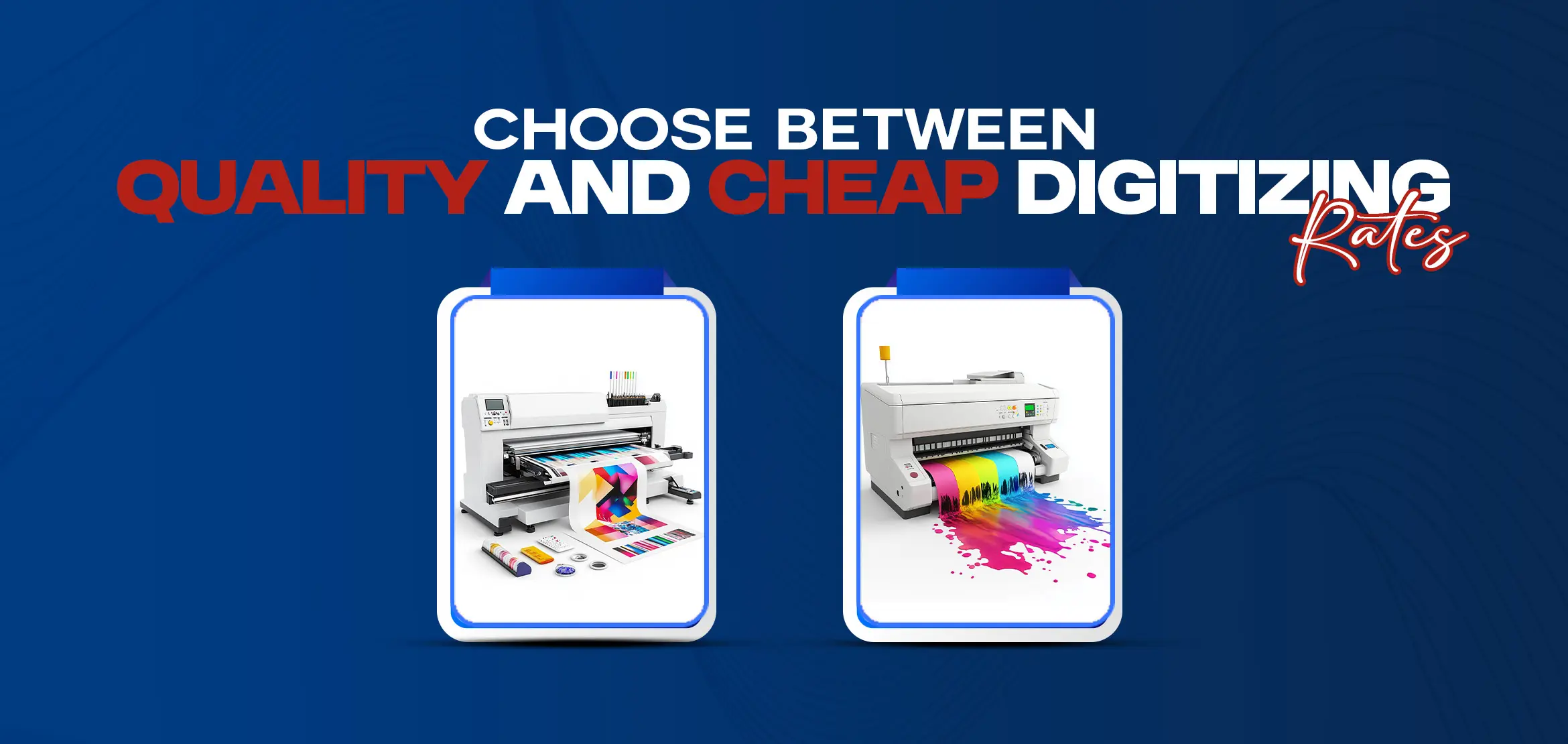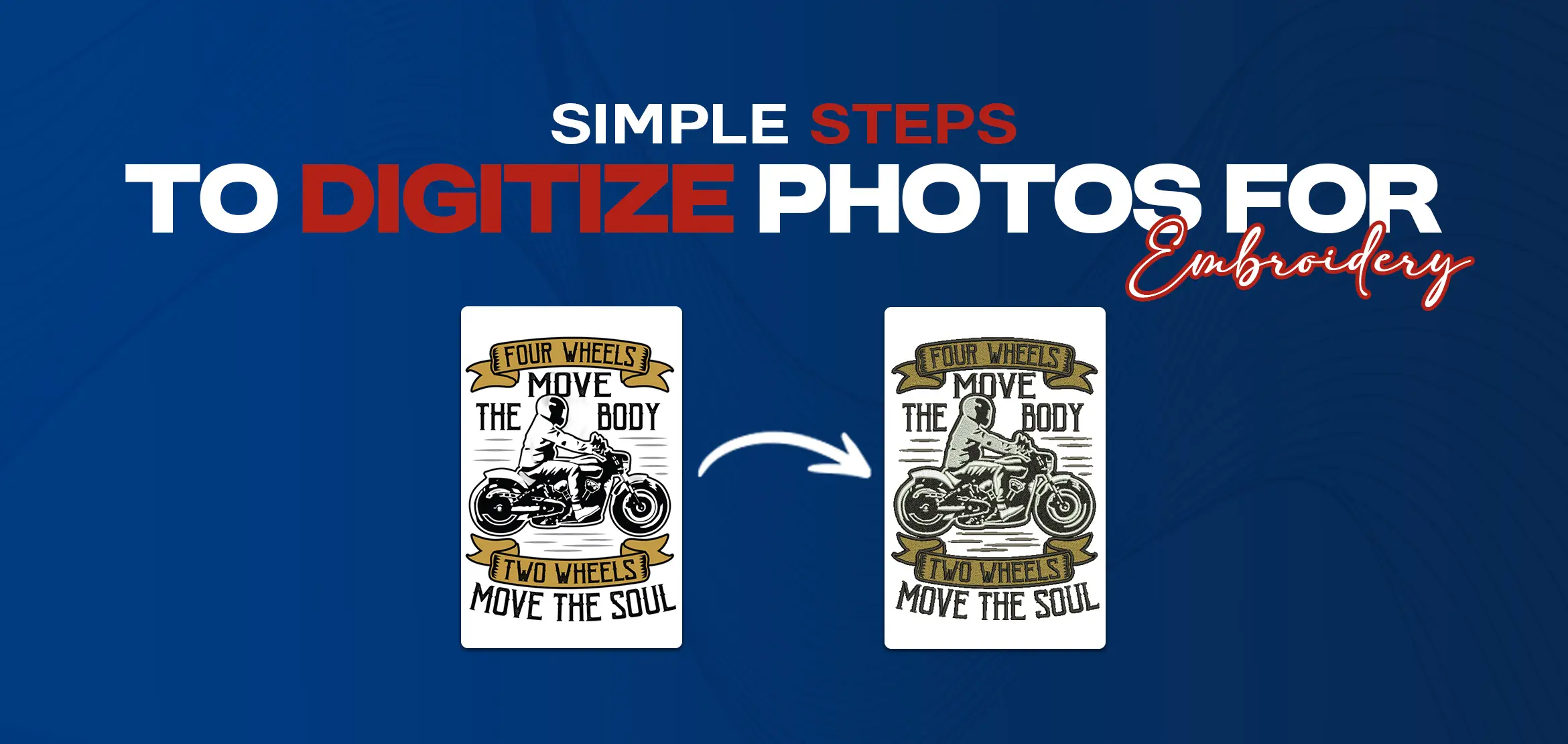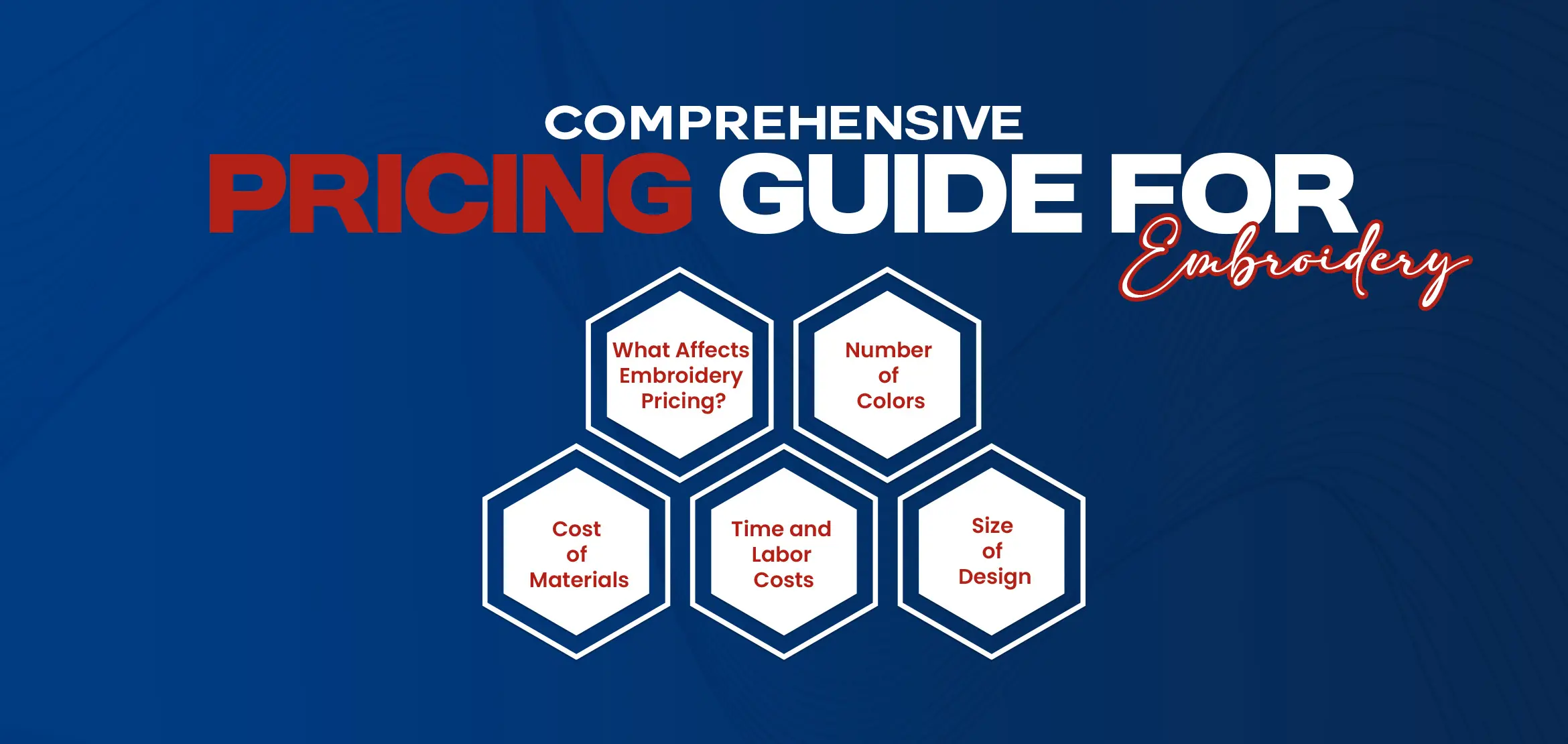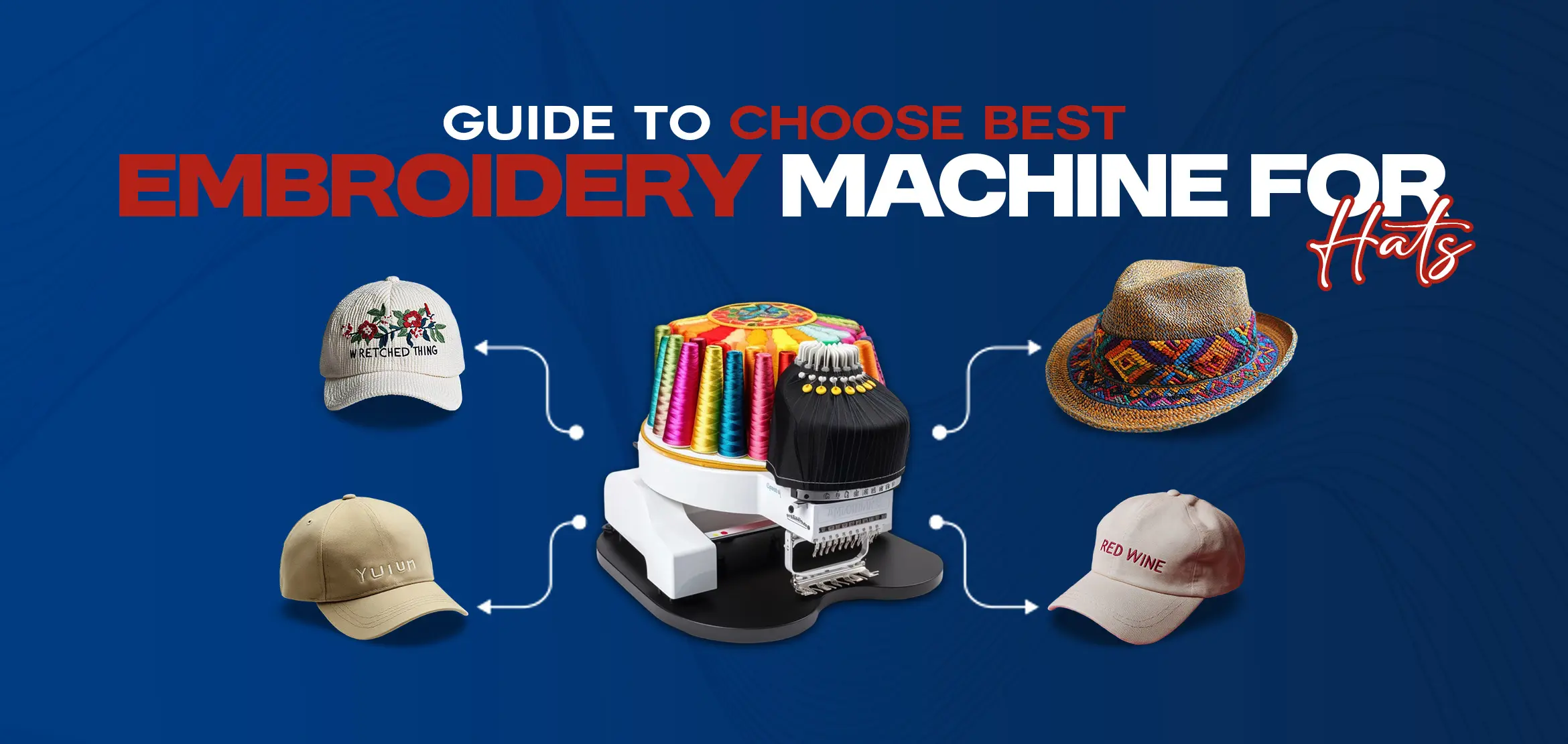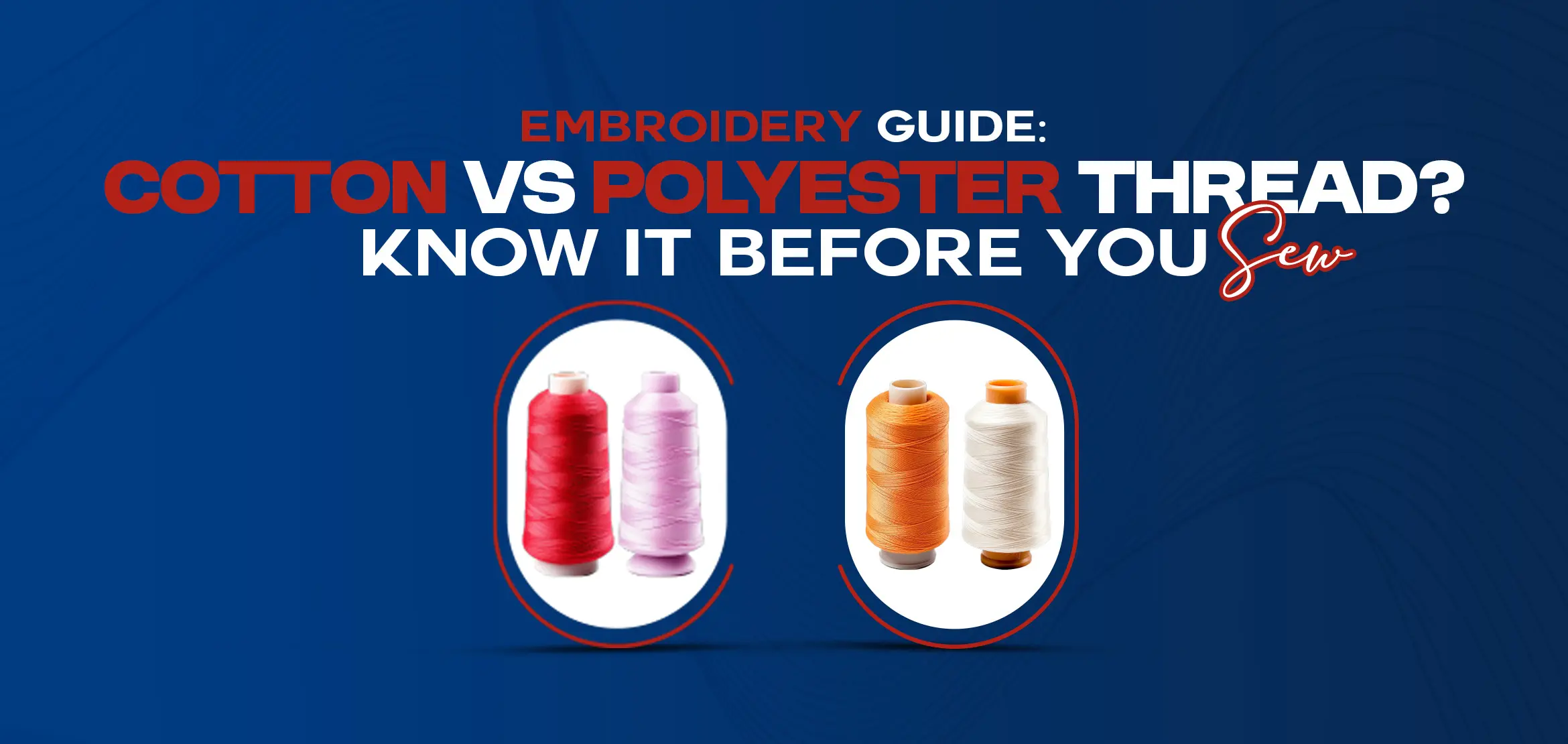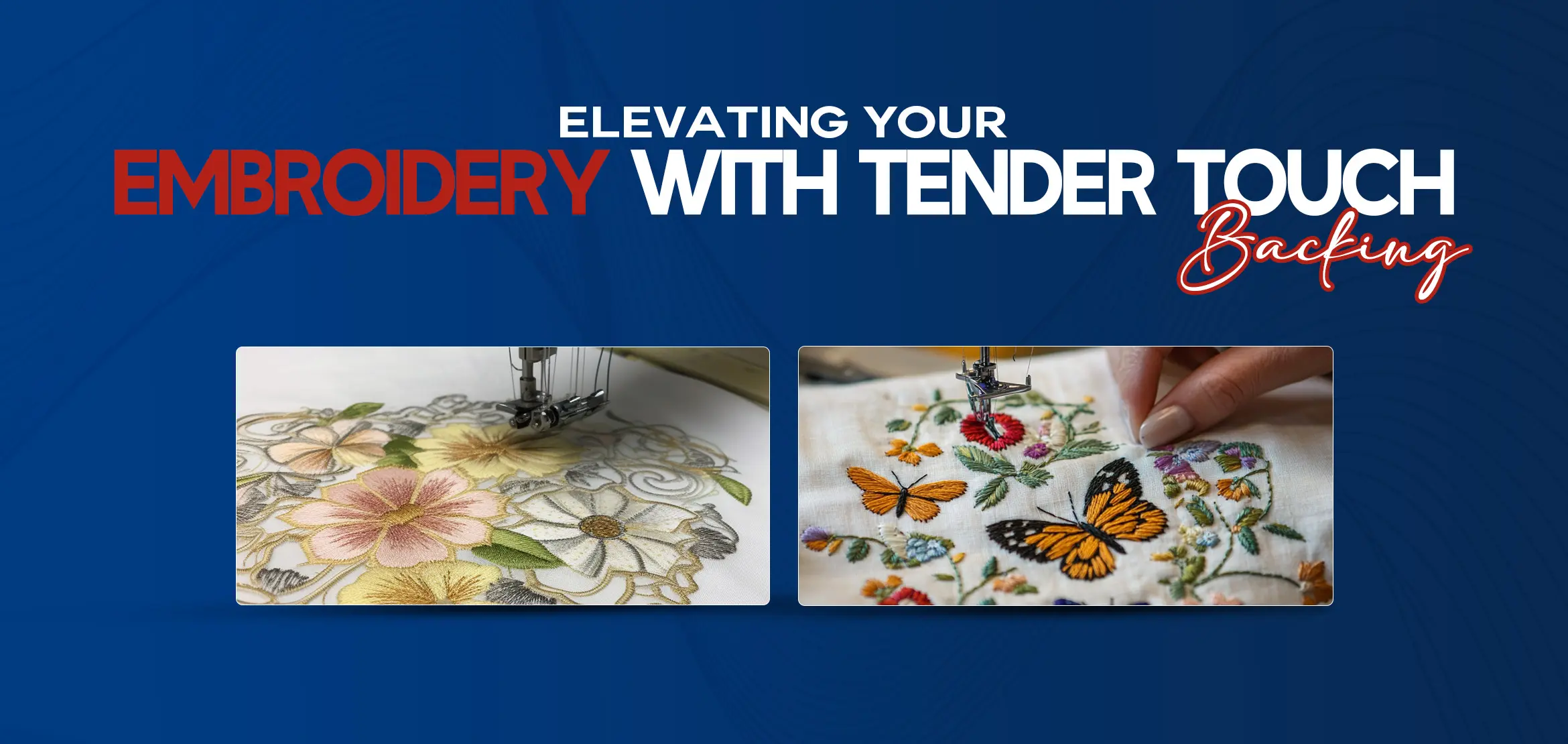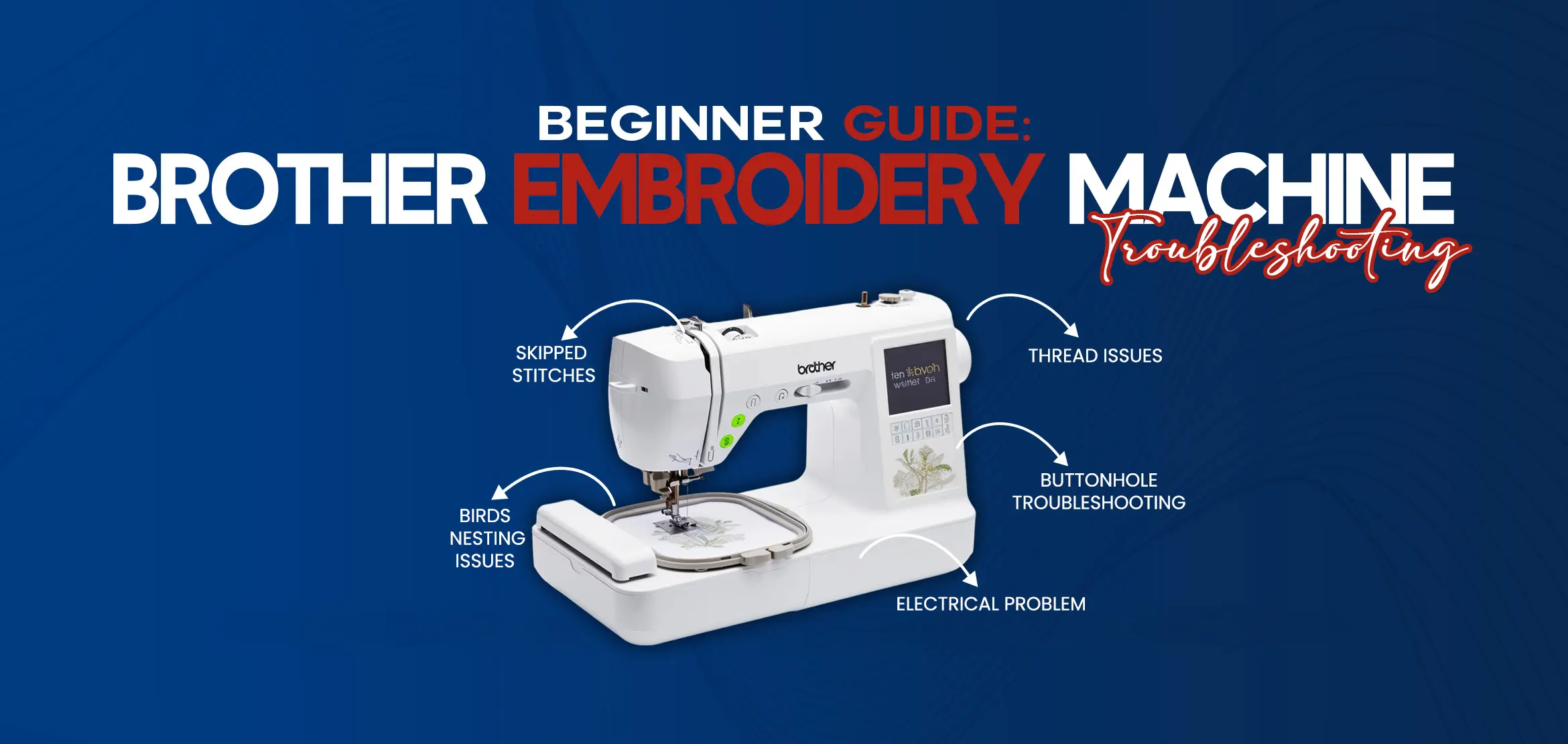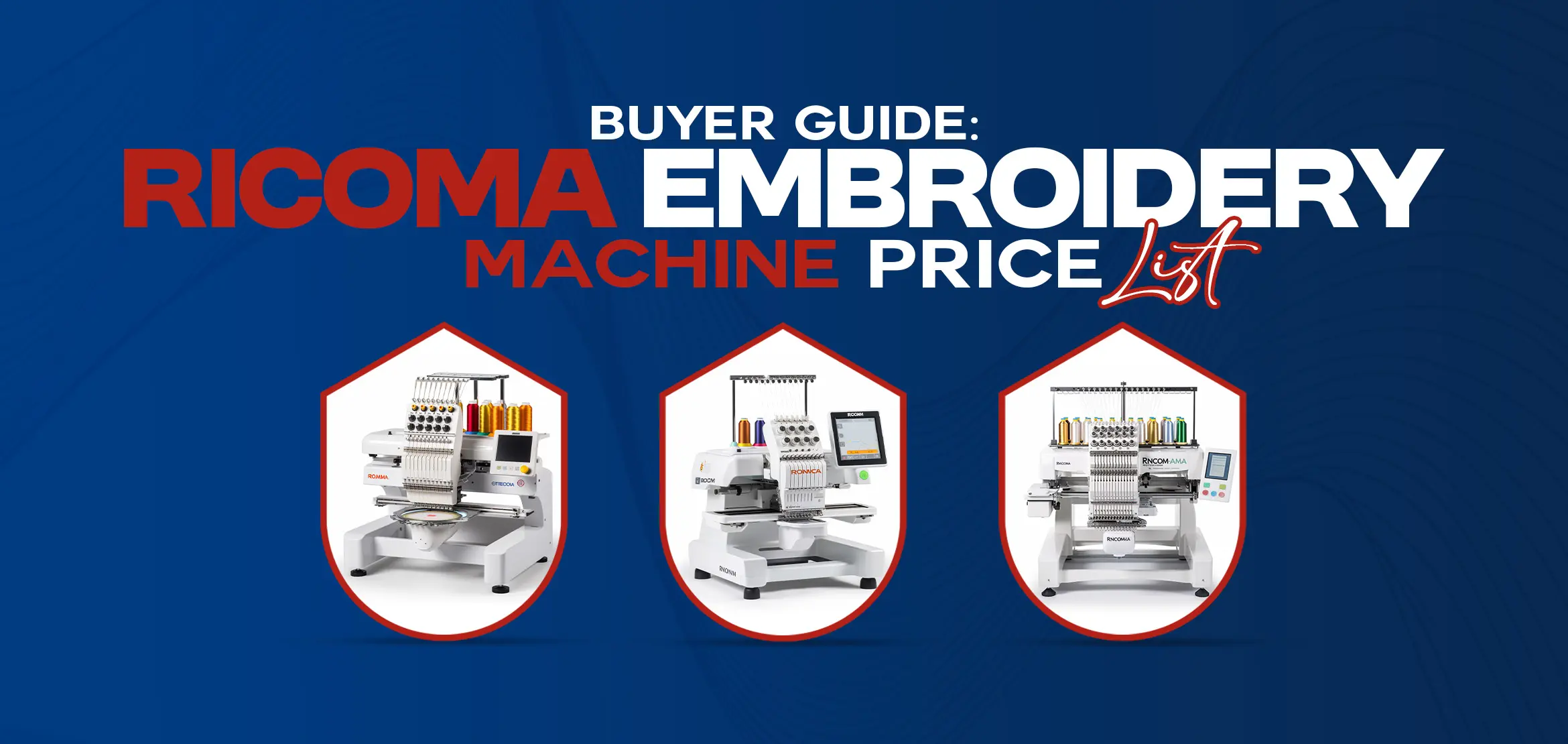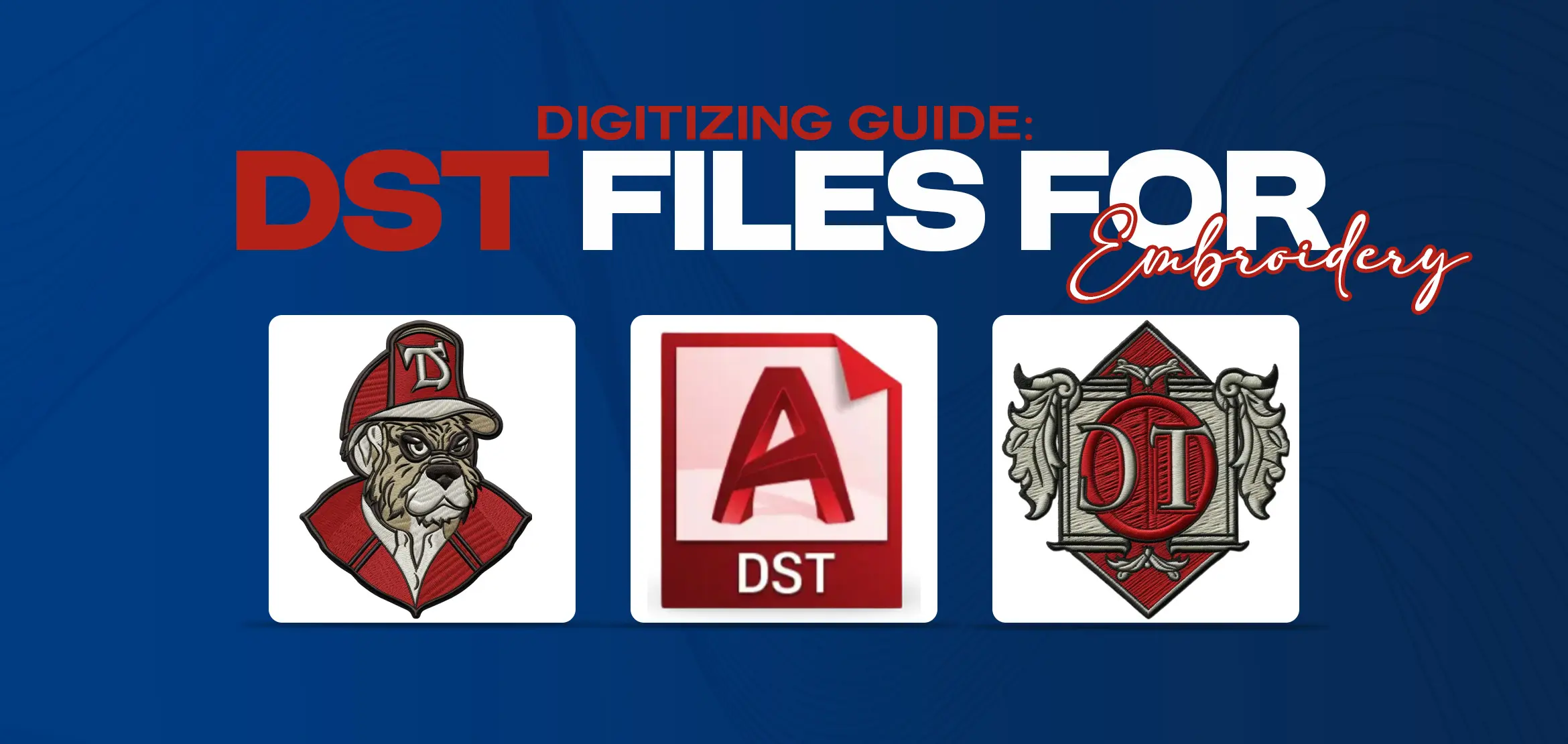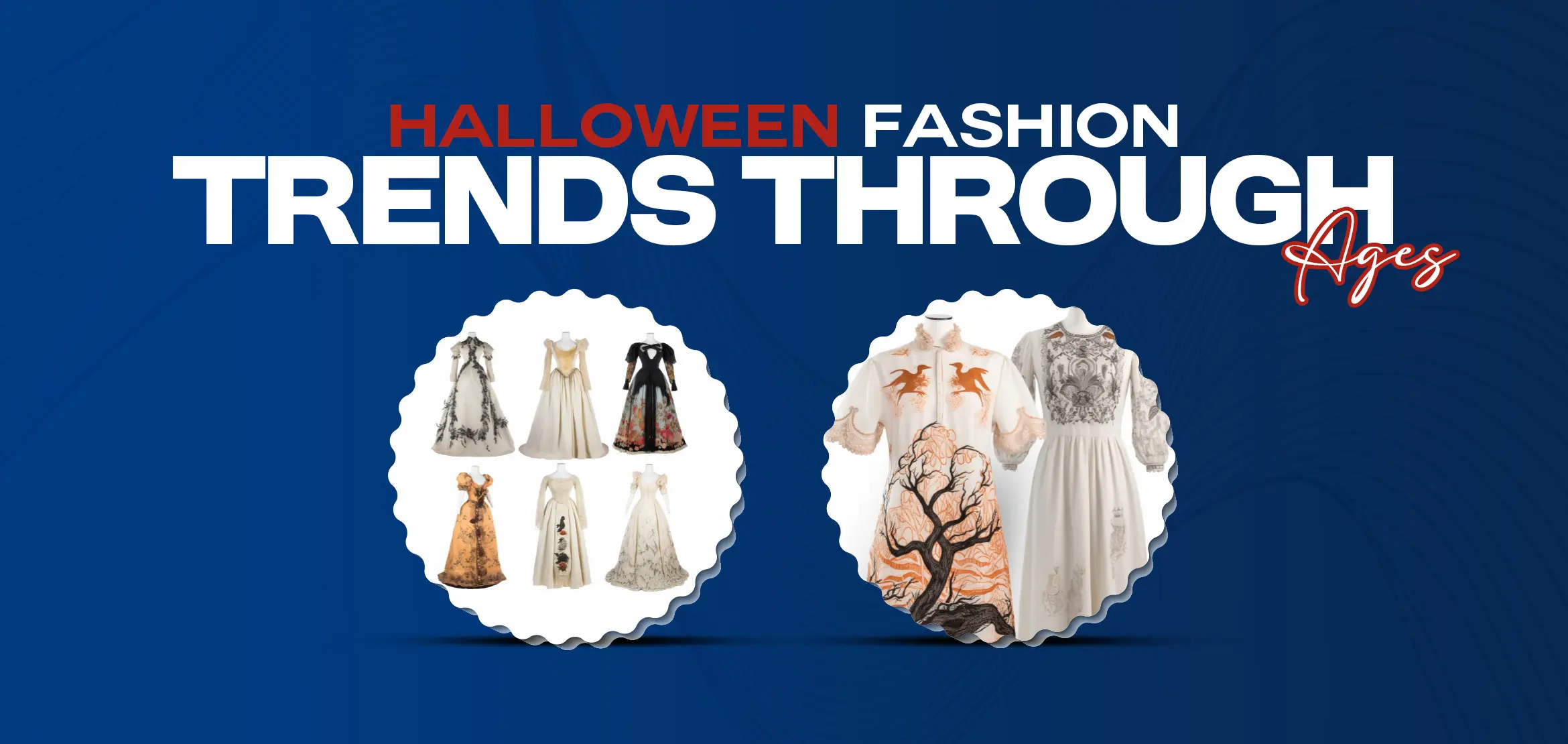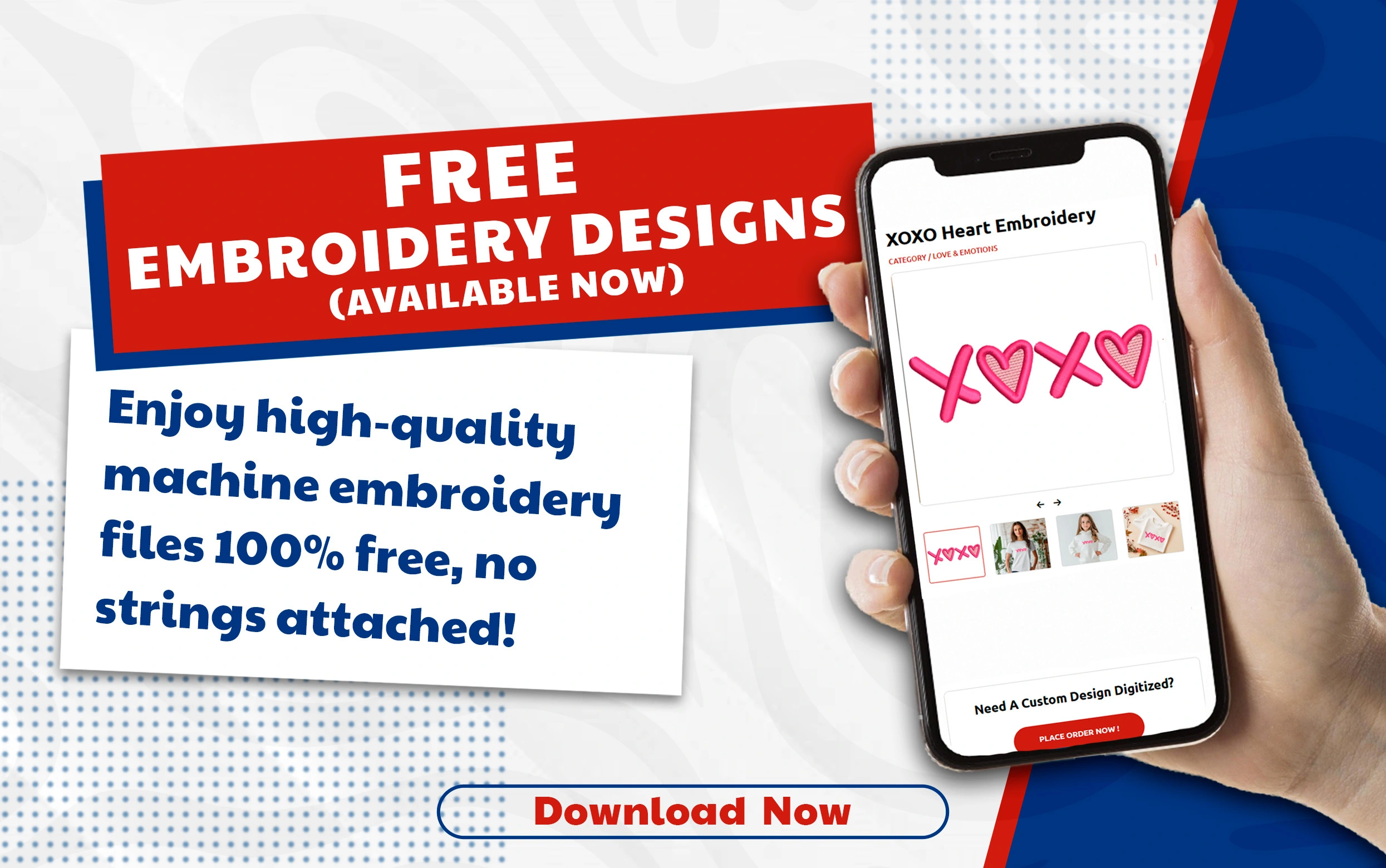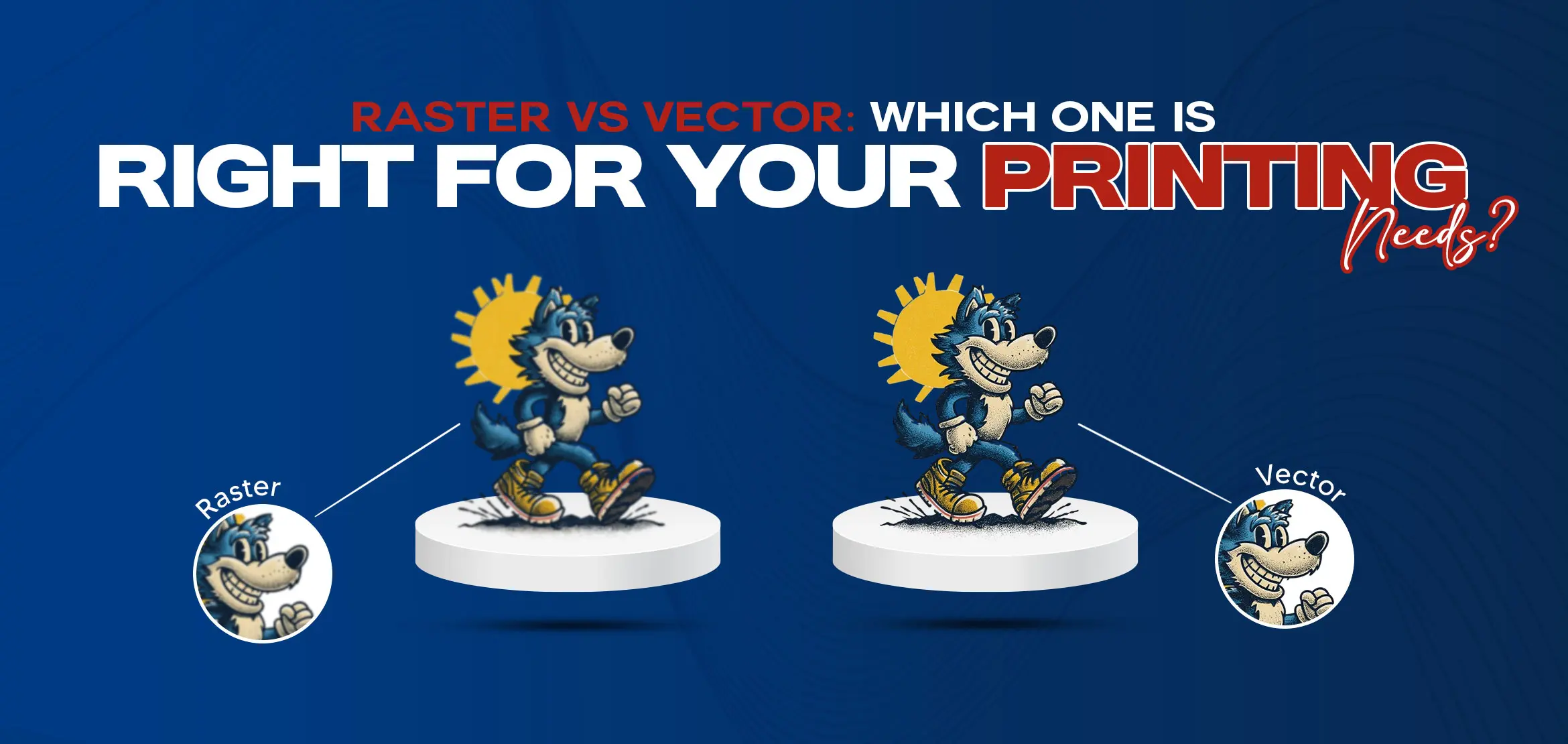
Raster vs Vector | Which One is Right for Your Printing Needs?
It is difficult to decide between raster and vector graphics for your printing projects, especially if you're not familiar with design or printing. Making the wrong decision will result in blurry prints. But there's no need to worry about it. We are here to provide you with a comprehensive guide of the differences between vector and raster graphics so you can pick the perfect format and make your prints shine like a star. Plus, we’ll get into how raster to vector conversion can save you from headaches. Let’s check it out.
Table Of Content
- Raster vs Vector: Key Differences Everyone Should Know and Why It Matters in Printing
- Pros and Cons of Raster and Vector for Printing Needs
- Raster Graphics
- Vector Graphics
- Top 5 Advantages of Vector Graphics in Print Design
- The Power of Raster to Vector Conversion in Modern Printing
- How to Easily Convert Raster to Vector Without Losing Quality?
- Raster vs Vector: Which Format Gives High-Quality Prints?
- Best File Formats for Raster and Vector in Printing
- Raster File Formats
- Vector File Formats
- Why Choose Vector Graphics for Professional Printing?
- When to Use Raster Images for Your Printing Projects?
- How to Choose a Vector or Raster for Your Upcoming Print Project?
- Conclusion
Understand Raster Graphics
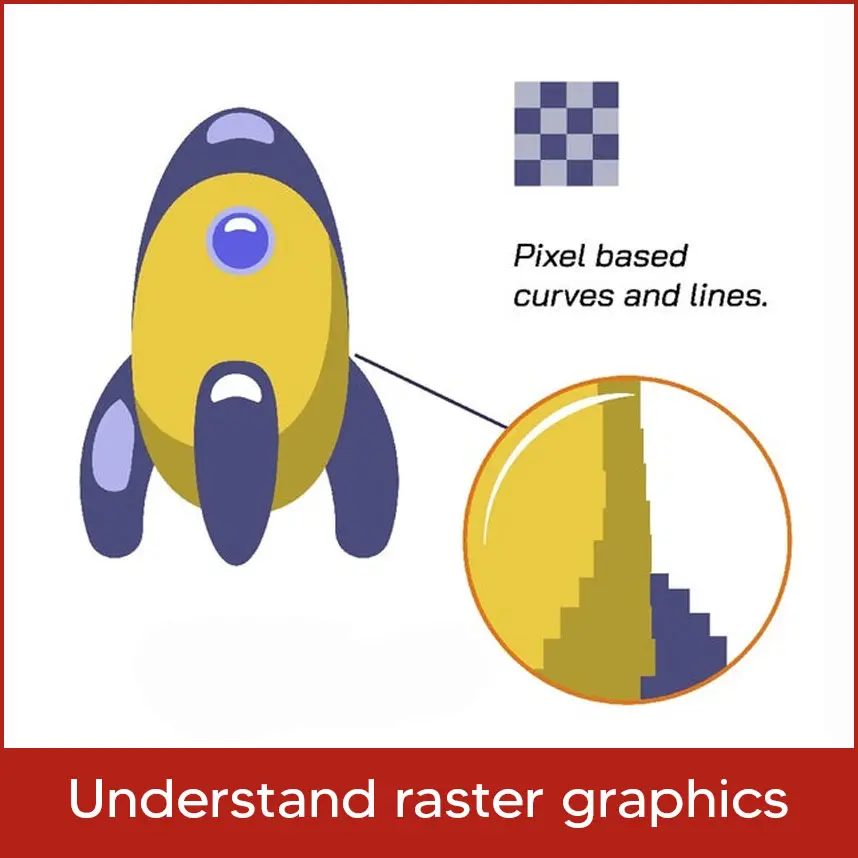
Raster designs are based on small squares called pixels. The image you took at the BBQ last week? Full of features like gradients, textures, and shadows but unfortunately that is a raster picture.
What’s so great? Raster images are the champ to handle complex visuals. Choose an attractive picture for a poster or complex brochure layout. They are accessible in the JPEG, PNG, and TIFF formats.
Why use them for printing? If your project’s packed with rich details like a family photo or a magazine layout, raster images make every color and texture beautiful.
The catch: Raster images are all about resolution, measured in DPI (dots per inch). At least 300 DPI is required for sharp printing. Too much stretching of a low-resolution image will result in pixelation. Vector graphics are created from mathematical paths and shapes like lines, curves, and polygons. This means they can be scaled up or down to any size without losing quality. Common formats are SVG, EPS, and AI. Why are they cool? Vector images can scale up or down at any time without losing their sharpness. A logo will remain sharp whether it is used on a billboard or a business card. Perfect for printing: You want accurate, clear designs, such as text-heavy layouts, icons, or logos. For extremely sharp outcomes, vectors are the way to go. The downside: Vectors are not just for detailed images like photos. They’re best for simple designs with solid colors or clear shapes, not fancy textures. Why is it important for your print projects to know the actual difference between raster and vector? Let’s break it down for your ease. Why does this matter? A vector picture remains sharp when printing a large banner whereas a pixelated raster image looks unprofessional. However, raster gives unforgettable detail handling powers when printing a magazine with high-quality photos. To assist you in choosing a winner, let's discuss the pros and cons of both formats. Pros: Good for detailed images like photos or complicated artwork. Gets along with most design software and printers. Perfect for turning digital designs into printed posters or brochures. Cons: Pixelation kills quality if you stretch it too far. High-resolution files can be large, slowing down your workflow. Editing is a real pain, especially for complex designs. Pros: Scales like a dream for any print size, from stickers to billboards. Lightweight files make sharing and printing easy. Perfect for clean, simple designs like logos or icons. Cons: Not cut out for photos or super-detailed textures. Needs software like Adobe Illustrator to do the heavy lifting. Struggles with fancy gradients compared to raster. Crystal-Clear Scalability: whether it is a billboard or business card, vectors stay sharp. Perfect for branding. Smaller File Sizes: Vector files are small so sending and processing them is easy. Easy Editing: Need to change a logo’s color? Vectors provide accuracy that looks flawless when printed. Clean Lines and Shapes: Logos, text, and icons look professional with vectors’ sharp lines. Saves You Money: Vectors can save money on large projects because they don't require high-resolution changes. Got a raster image like a JPEG logo but need a vector’s flexibility? When it comes to your print projects, raster to vector conversion is a total game changer in modern printing. You may scale rasters for any use, including banners, stickers, and even covers, without compromising their sharp edge by converting them into vector formats like SVG or EPS. But here’s one thing: Converting a raster to a vector isn’t always difficult. If your raster is low quality, tracing it can be problematic. You might end up with rough lines or lose the image’s quality. Doing it manually takes some serious know-how. That’s where DigitizingUSA saves you from headaches and saves your time and money. Do you know why? Because we are experts at vector tracing and raster to vector conversion services in the USA, we convert your pixelated images into sharp, print-ready vector designs. Logos, artwork, or promotional visuals. DigitizingUSA makes sure your files are ready for any print size. We always care for you. That's why we provide vector services at flat rates. Want to try raster to vector conversion on your own? Here is an easy way to help you succeed: Get the Proper Tools: Download a free vector tracing tool like Inkscape or Adobe Illustrator (for free version, you can use a cracked version of Illustrator). Start with a Sharp Image: You can get a better vector if you have a sharp raster (at least 300 DPI). Trace It Out: In Illustrator, use the “Image Trace” tool. Play with settings like “Threshold” to get the details just right. Clean It Up: Smooth out rough edges or fix paths manually for a polished look. Save It Smart: Export as SVG or EPS to keep it print-ready. If you ever feel it is challenging for you and you can not do it and are confused where to get vector tracing services then no worries. We at DigitizingUSA are always here to help you. Let us handle all your vector related work like tracing and vector conversion. Quality is everything when it comes to printing. Which format is best? Raster: If you need a lot of photos for brochures, art prints or advertisements, raster is the best option. Use high-resolution files (maximum 300 DPI) to maintain sharpness. Vector: The king for big prints or designs needing clean edges, like logos or signs. Their scalability keeps quality at any size. Mix and Match: Some projects use both like a flyer with a vector logo and raster photos. Just make sure each piece is in the right format. Always check your printer for its resolution. Some are best for resolutions or formats to ensure tip-top results. Picking the right file format keeps your print work so easy. Here’s what gets the projects done: JPEG: Superb for pictures but avoid over-editing because it can become lossy and lose its attractiveness. PNG: Good for pictures with transparent backgrounds, such as photos with logos over them. TIFF: Excellent quality, especially for printing. SVG: Great for both digital and print uses. EPS: A pro favorite for printing, plays nicely with most software. PDF: Can handle both raster and vector, making it a safe pick for printers. The benefits of vector files make them ideal for professional printing: Scalability: Great for designs or logos that are used in different print sizes. Sharpness and Accuracy: Perfect for business cards, signs, or packaging where clean lines pop. Saves Time and Money: Smaller files and easy edits mean less hassle and cost. For branding or anything needing consistency, vectors are tough to beat. Raster images are your best buddy when: You Want Realism: Photos or detailed artwork? Raster handles textures and gradients like a champ. Small Prints: For flyers or postcards, high-resolution rasters do the trick. Complex Designs: Got complex designs or effects? Raster’s got your back. To avoid those blurred issues, just make sure your raster is high-resolution. Still scratching your head? Here’s a quick checklist to pick the right format: What’s Your Design? Photos, detailed art, logos, or text? Vector is the way to go. How Big’s the Print? Big projects like banners love vectors for sharpness. Smaller prints can use raster. Check Your Printer: Check file formats and resolution to prevent last-minute headaches. Save Your Money: High-resolution rasters can be expensive while vectors are usually less expensive for large prints. Make sure to select the format that best suits your project and your prints will look superb. Choosing between vector and raster graphics for your print project is not difficult. If you’re printing photos or detailed designs, raster images bring accuracy, as long as they’re high-resolution. For logos, signs, or anything that needs to scale, vector graphics are your golden ticket to crystal-clear results. And if you’re stuck with a raster but need a vector, raster to vector conversion is a game-changer, check your printer, pick the right format, and get ready to roll out prints that turn heads. Your next project’s gonna be a knockout.Understand Vector Graphics
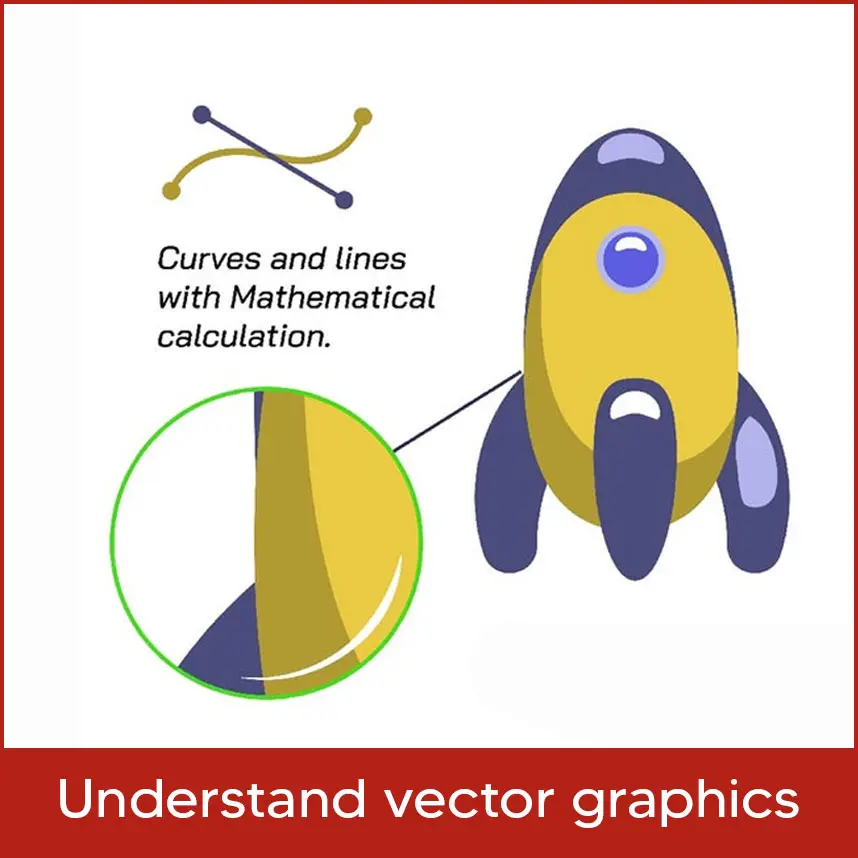
Raster vs Vector: Key Differences Everyone Should Know and Why It Matters in Printing
Pros and Cons of Raster and Vector for Printing Needs
Raster Graphics
Vector Graphics
Top 5 Advantages of Vector Graphics in Print Design
The Power of Raster to Vector Conversion in Modern Printing
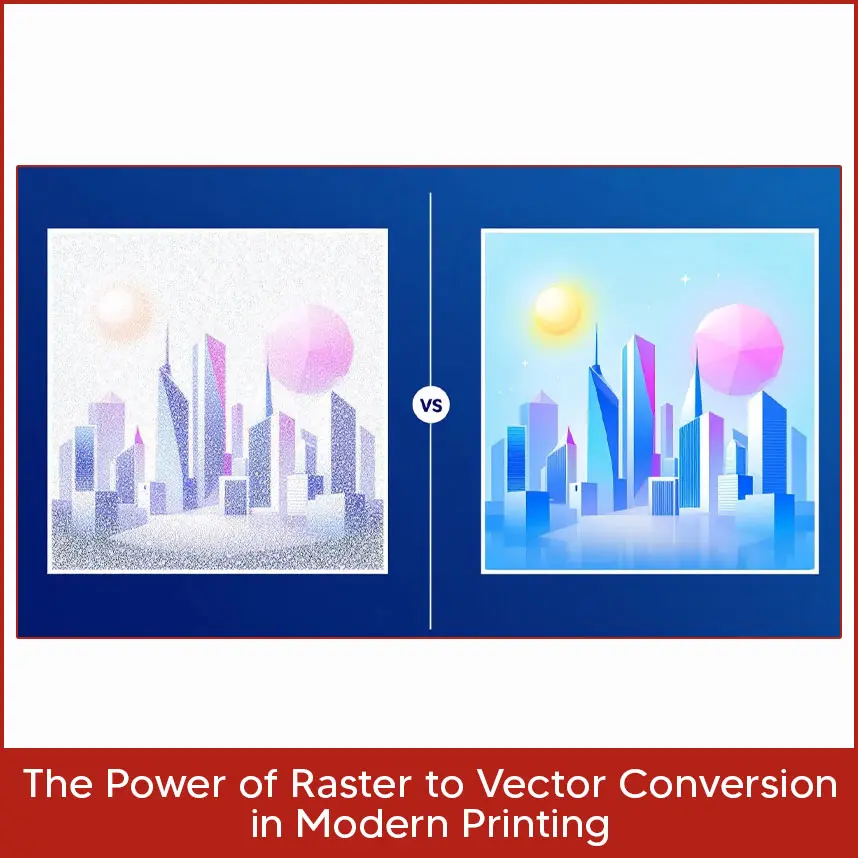
How to Easily Convert Raster to Vector Without Losing Quality?
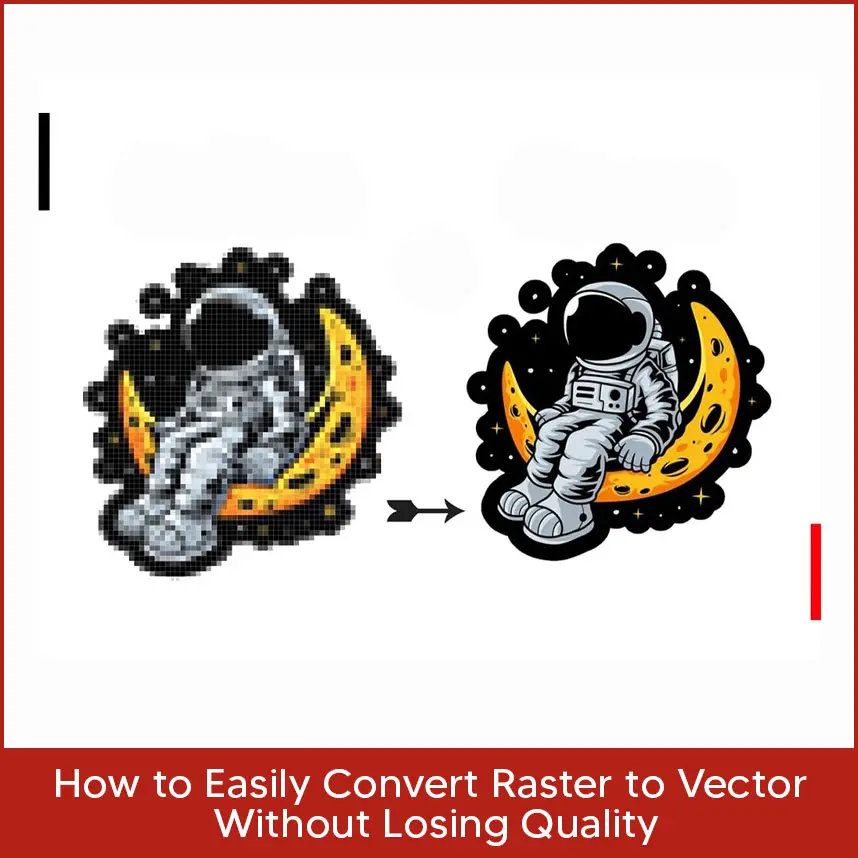
Raster vs Vector: Which Format Gives High-Quality Prints?
Best File Formats for Raster and Vector in Printing
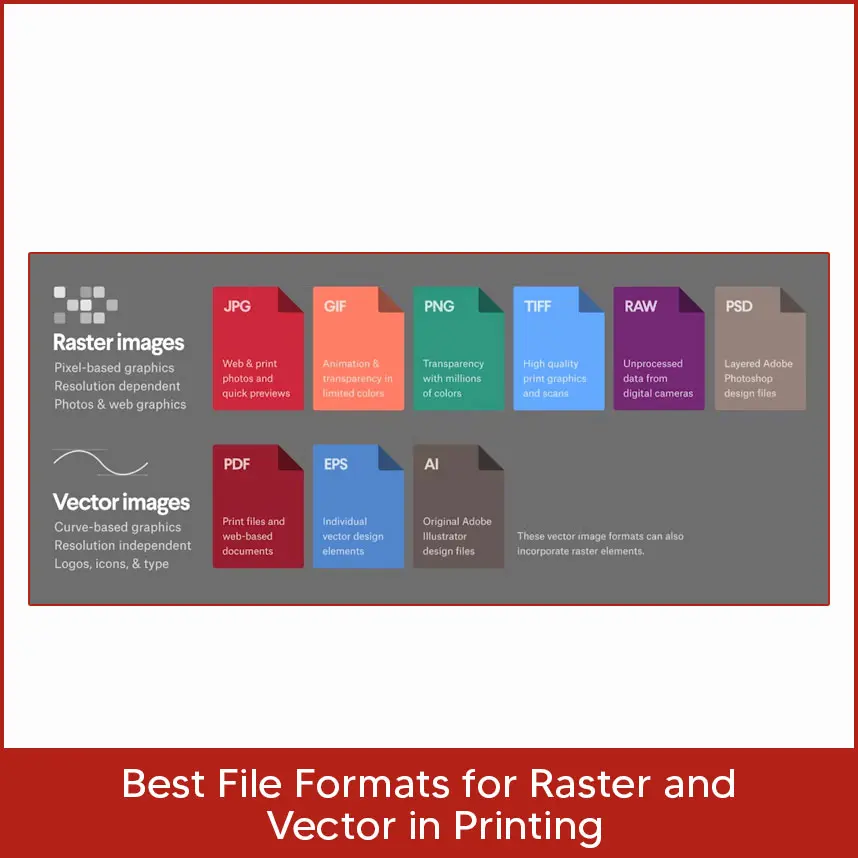
Raster File Formats
Vector File Formats
Why Choose Vector Graphics for Professional Printing?
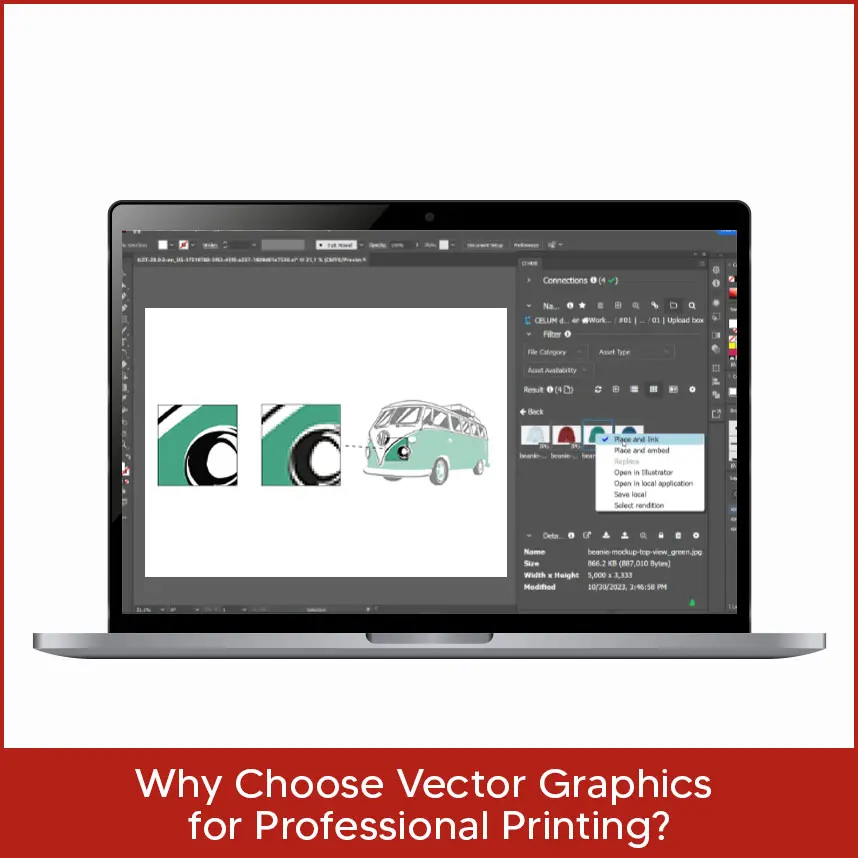
When to Use Raster Images for Your Printing Projects?
How to Choose a Vector or Raster for Your Upcoming Print Project?
Conclusion
